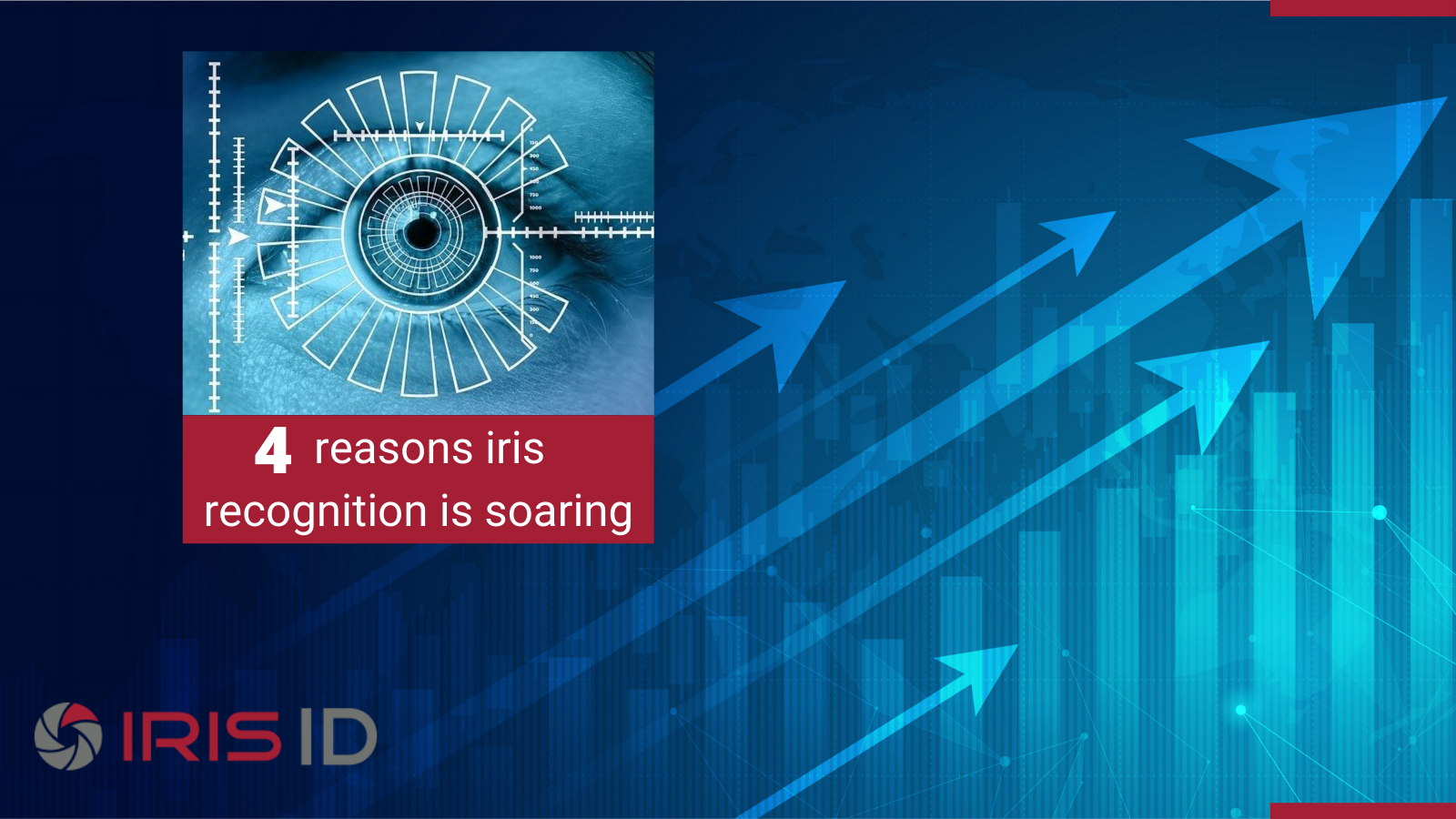by Mohammed Murad
Many government and fortune 50 organizations need the tighter access control that biometric technologies provide. That’s why industry experts are predicting annual double-digit sales growth for non-contact biometrics over the next decade, with iris-based systems leading the increase.
Here’s a look at four reasons iris biometrics are increasingly popular.
Accuracy
Short of costly and time-consuming DNA testing, iris recognition is widely accepted as the most accurate biometric technology. False positive and negative identity authentications are non existence. Iris-based systems are ideal for any application where precise identity authentication is required. The patterns within the iris offer more points of comparison than fingerprint and facial systems. And no two people, including genetic twins, share identical iris patterns.
Convenience
Enrollment into an iris database requires a couple of seconds. Recognition at mission-critical facilities, such as airports, border crossings and data centers, takes seconds. Iris readers automatically accommodate for differences in people’s heights. A single enrollment is good for life as a person’s irises are fully formed by age one and remain unchanged. That early formation and unchanging patterns make irises the ideal means for identifying children, enabling them to receive educational and social benefits.
Privacy
Iris recognition is an opt-in technology. There is no way to trace where a person has been, as with fingerprints. Nor can a person walking down the street be identified from an old employee badge or high school yearbook photo – a common occurrence with facial recognition. Also, iris-based technology protects unauthorized users from accessing a mobile phone and other private devices.
Touchless
The COVID-19 pandemic created a strong demand for touchless identification solutions to reduce the potential spreading of disease through contact. Iris recognition is a touchless technology, requiring a person to stand up to one meter from the reader for identification. Another benefit of iris-based systems during a pandemic is they work seamlessly with personal protective equipment. Masks, face shields and gloves, also glasses and contact lenses, do not affect iris-based biometric technology.
Combine the accuracy, convenience, privacy and touchless nature of an iris-based identity system and it’s easy to see why the technology will drive a rapidly growing biometrics market among organizations requiring greater security.

